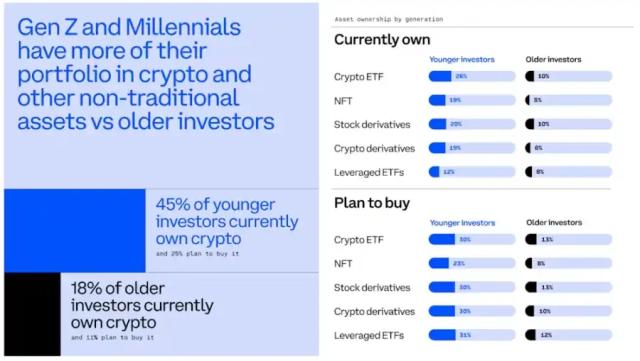Source: cryptoslate
Translated by: Blockchain Knight
A recent Galaxy report indicates that while Tether and two other companies dominate the Crypto lending market, the outstanding loan amount of decentralized applications nearly doubled by the end of 2024.
The report shows that, excluding collateralized debt position (CDP) stablecoins, the Crypto lending market size was approximately $30 billion as of December 31.
Excluding CDP stablecoins allows for a clearer understanding of the Crypto asset lending market. The report notes that there may be overlap between the total scale of centralized finance (CeFi) loan ledgers and CDP stablecoin supply.
This is because certain CeFi lending institutions use Crypto currencies as collateral to mint CDP stablecoins, which are then lent to off-chain borrowers, potentially leading to double counting.
Including CDP stablecoins, the market size expands to $36.5 billion. Tether, Galaxy, and Ledn occupy 88.6% of the CeFi lending market, with a total loan ledger of $9.9 billion. This group represents 27% of the total Crypto lending market including CDP stablecoins.
The $36.5 billion market size represents a 43% decline from the peak of $64.4 billion in the fourth quarter of 2021. The market contraction is attributed to the collapse of multiple lending institutions and a general decrease in borrower demand.
CeFi for Institutions
CeFi lending primarily includes three categories: over-the-counter (OTC) lending, prime brokerage services, and on-chain private credit.
These services target institutional borrowers, offering customized terms and collateral structures, typically executed through off-chain or hybrid mechanisms.
OTC loans remain prevalent among qualified investors due to bilateral customization features such as adjustable loan-to-value ratios and maturity terms.
Prime brokers provide margin financing linked to a narrower range of digital assets and exchange-traded products. Meanwhile, on-chain private credit allows users to deploy capital through on-chain liquidity aggregation and off-chain credit protocol deployment.
Despite centralized services offering customized credit products, their business coverage has significantly shrunk due to increased counterparty risk and reduced retail trust resulting from high-profile bankruptcies between 2022 and 2023.
DeFi Lending Grows 959% Since 2022
In the fourth quarter of 2024, DeFi protocols' open lending reached $19.1 billion, distributed across 20 lending applications and 12 blockchain networks.
This figure represents a 959% growth from the DeFi market's open lending low of $1.8 billion in the fourth quarter of 2022. The report attributes this surge to the resilience of permissionless platforms, cross-chain capital liquidity, and the emergence of specialized lending applications.
Unlike CeFi, DeFi lending enables users to interact directly with smart contracts, borrowing and lending assets without intermediaries.
Protocols like Aave, Compound, and newer cross-chain services provide real-time transparency, flexible rates, and automatic liquidation mechanisms. DeFi's modular design allows it to adapt to user needs, asset risks, and changing liquidity conditions.
This growth reflects users' preference for minimizing trust infrastructure and the operational stability of DeFi protocols under volatile market conditions.
The report concludes that centralized entities like Tether remain crucial in institutional lending. However, the accelerated shift towards DeFi platforms reflects a broader adjustment of capital flows and risk frameworks in the Crypto economy.








